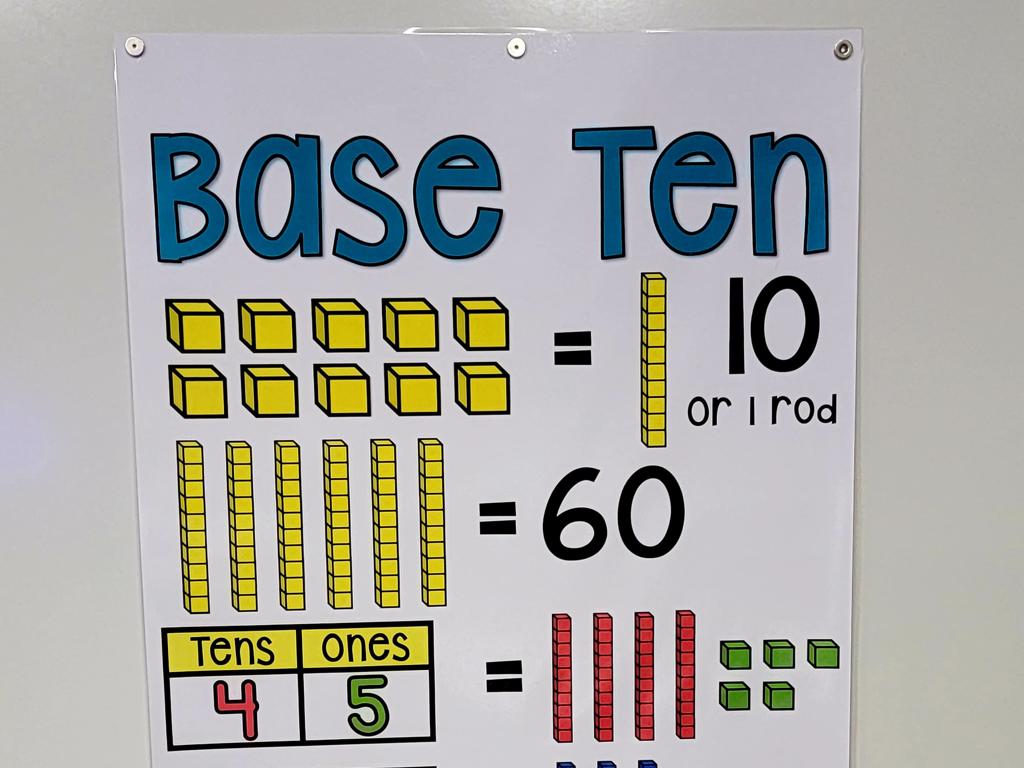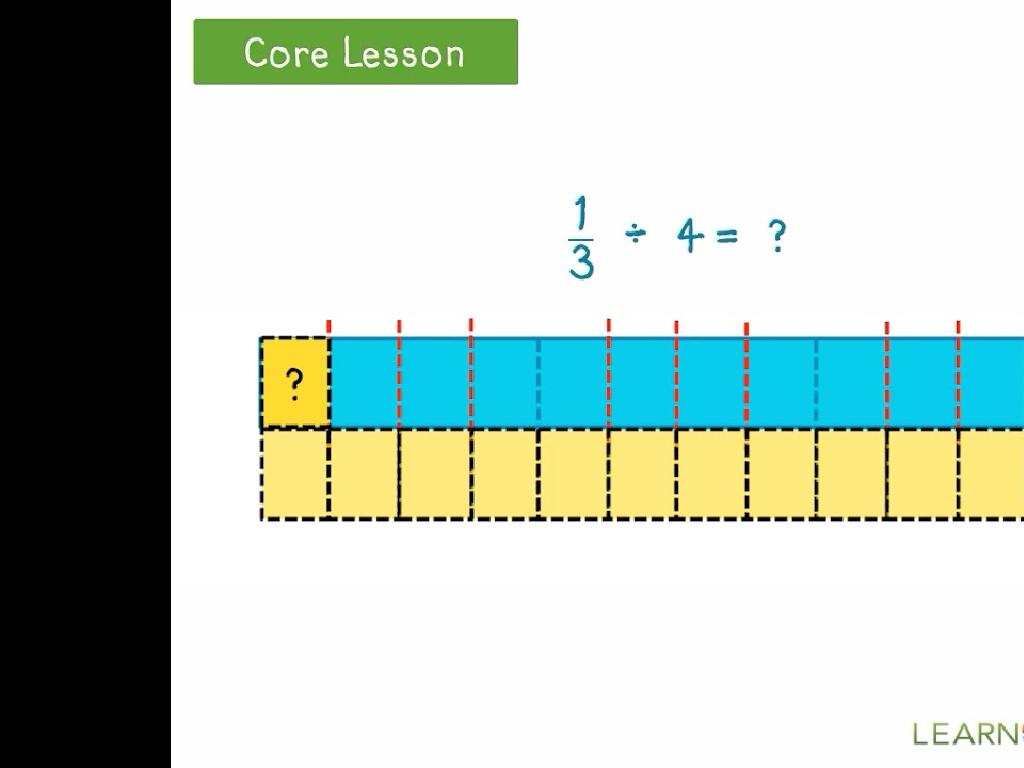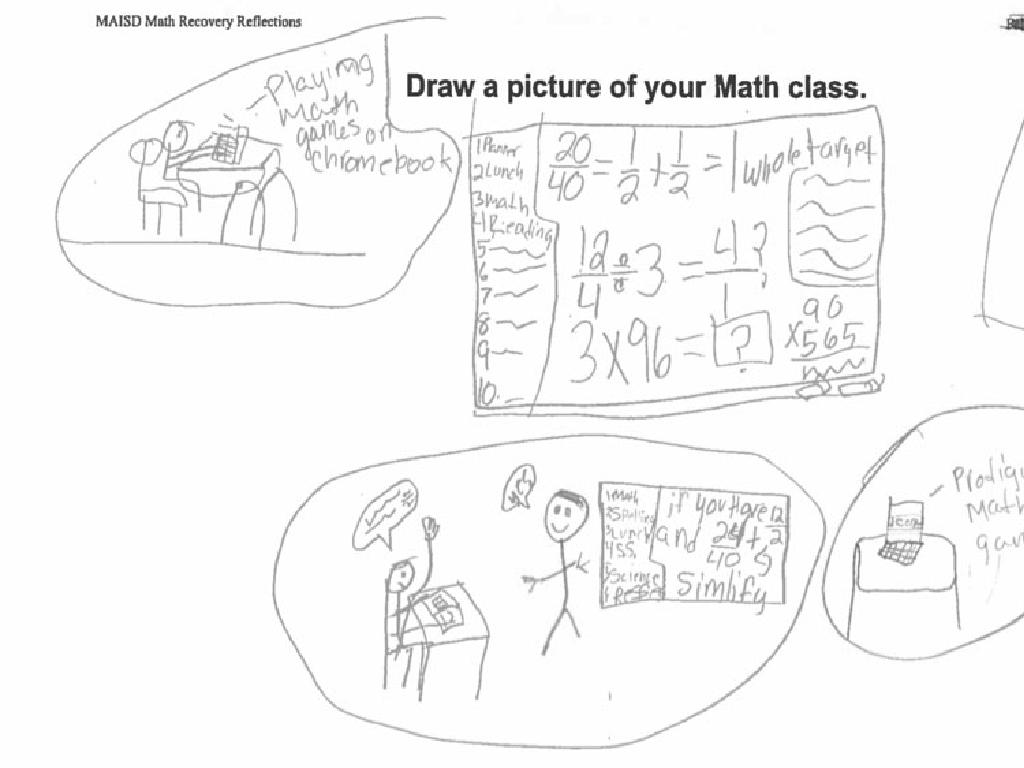Citizenship And The Naturalization Process
Subject: Social studies
Grade: Sixth grade
Topic: Citizenship
Please LOG IN to download the presentation. Access is available to registered users only.
View More Content
Understanding Citizenship and Naturalization
– Define citizenship
– Being a member of a country with rights and responsibilities.
– Citizens’ rights and duties
– Voting, obeying laws, and serving on juries.
– Naturalization process overview
– Steps to become a U.S. citizen for non-born individuals.
– Significance of citizenship
– Citizenship is key to participating fully in society.
|
This slide introduces the concept of citizenship within the context of social studies for sixth graders. Begin by defining what it means to be a citizen, emphasizing the legal and emotional aspects of belonging to a country. Discuss the rights that citizens have, such as voting and freedom of speech, as well as their responsibilities, including obeying laws and serving on juries. Provide a brief overview of the naturalization process, which is the procedure by which a non-citizen can become a citizen, highlighting its importance for those who wish to fully participate in the country’s civic life. Encourage students to think about why citizenship is significant and how it affects their daily lives and the lives of those around them.
Exploring Citizenship
– What does citizenship mean?
– Membership in a country with rights & responsibilities
– Birth vs. Naturalization
– Citizenship by birth: automatic in your birth country. Naturalization: a legal process after birth
– Why is citizenship valuable?
– Provides the right to vote, work, and live in the country; obliges to obey laws and contribute to society
|
This slide introduces the concept of citizenship to sixth-grade social studies students. Begin by defining citizenship as the status of being a member of a country, which comes with certain rights and responsibilities. Discuss the two primary ways one can become a citizen: by birth or through the process of naturalization. Emphasize the importance of citizenship, such as having the right to vote, work, and live within the country, as well as the responsibility to obey its laws and contribute to the community. Encourage students to think about what citizenship means to them and how it shapes their identity and participation in society.
Rights of U.S. Citizens
– Freedom of speech and religion
– Express opinions and practice any faith
– Voting and government participation
– Engage in elections and decision-making
– Fair trial rights
– Legal protection and impartial hearings
– Applying for federal jobs
– Equal opportunity in government roles
|
This slide aims to educate sixth-grade students on the fundamental rights guaranteed to citizens of the United States. It’s crucial to emphasize the importance of freedom of speech and religion as cornerstones of American democracy, allowing individuals to express themselves and practice their beliefs without fear. Additionally, the right to vote and participate in government is a powerful tool for citizens to influence how they are governed. The right to a fair trial ensures that all citizens are treated justly under the law, and the ability to apply for federal employment signifies the non-discriminatory practices in government hiring. Encourage students to discuss these rights and consider how they contribute to a free and fair society. Provide historical and contemporary examples to illustrate these rights in action.
Responsibilities of U.S. Citizens
– Obey laws and pay taxes
– Following laws keeps society orderly and paying taxes funds public services.
– Serve on a jury if called
– Jury duty is a civic responsibility that ensures a fair trial system.
– Participate in democracy
– Voting and staying informed are key to a functioning democracy.
– Understand citizen duties
|
This slide aims to educate sixth-grade students on the fundamental responsibilities that come with being a citizen of the United States. It’s crucial for them to understand that obeying laws and paying taxes are not just mandatory, but they contribute to the welfare and stability of the country. Serving on a jury, although it may seem daunting, is a privilege that upholds the justice system. Participating in the democratic process, especially voting, is one of the most direct ways citizens can influence government decisions and policies. Encourage students to discuss these responsibilities and consider ways they can participate in their communities, such as community service or school government, even before they reach voting age.
The Naturalization Process
– Understanding naturalization
– Naturalization is the process by which a non-citizen becomes a citizen.
– Who can apply for naturalization?
– Must be 18, permanent resident for 5 years, and have good moral character.
– The naturalization process steps
– Includes application, interview, test, and oath ceremony.
– The significance of becoming a citizen
|
This slide introduces students to the concept of naturalization, a key component of citizenship in the United States. Begin by explaining that naturalization is the legal process through which a non-citizen can become a U.S. citizen, with certain rights and responsibilities. Discuss the eligibility criteria, such as age, residency, and character requirements. Outline the steps involved in the process, from filing the application (Form N-400) to taking the Oath of Allegiance. Emphasize the importance of this process for individuals who wish to fully participate in the civic life of the nation. Encourage students to think about why people might want to become citizens and what it means to be a citizen of a country.
Naturalization: A Closer Look
– Fill out Form N-400
– The first step in the naturalization process, requiring accurate personal information.
– Take the U.S. Naturalization Test
– A test covering U.S. history and government, plus an English language exam.
– Attend the interview
– A chance to discuss your application and background with an immigration officer.
– Take the Oath of Allegiance
– The final step to become a U.S. citizen, pledging loyalty to the United States.
|
This slide provides an overview of the naturalization process for becoming a U.S. citizen. It’s important to guide students through each step, starting with the completion of Form N-400, which is the Application for Naturalization. Emphasize the importance of providing accurate information on this form. Next, discuss the U.S. Naturalization Test, which includes questions about U.S. history and government, as well as an English language test. Explain that after passing the test, applicants have an interview to review their application and confirm their eligibility for citizenship. Finally, explain the Oath of Allegiance, the last step in the process, where new citizens pledge their loyalty to the United States. Encourage students to ask questions and think about what citizenship means to them.
Case Study: Maria’s Path to Citizenship
– Maria’s journey to naturalization
– Maria, an immigrant, decided to become a U.S. citizen.
– Steps and challenges in her process
– Studying for the civics test, waiting periods, and the naturalization interview were part of her journey.
– The impact of citizenship on Maria’s life
– As a citizen, Maria can vote, have a U.S. passport, and serve on a jury.
|
This slide presents a case study of Maria, an individual who has gone through the naturalization process to become a U.S. citizen. It’s important to discuss the real-life challenges that applicants may face, such as language barriers, the complexity of the legal process, and the emotional aspects of becoming a citizen. Highlight the steps Maria took, including her application, the civics test, and the naturalization interview. Emphasize the positive changes in her life after gaining citizenship, like participating in democracy and having a sense of belonging. Encourage students to empathize with Maria’s story and understand the value and responsibilities of citizenship.
Role-Play: The Naturalization Process
– Divide into groups for role-play
– Each group role-plays a scenario
– Imagine you’re in an interview or taking the oath
– Present your scenario to the class
– Discuss the role-play experience
– Share insights and what you’ve learned
|
This class activity is designed to help students actively engage with the material by role-playing different scenarios someone might experience during the naturalization process. Divide the class into small groups and assign each group a different scenario, such as preparing for the citizenship test, going through an interview, or taking the oath of allegiance. After the role-play, each group will present their scenario to the class, which will help reinforce their understanding of the process. Conclude with a discussion where students can share their experiences and what they’ve learned. This will not only help them remember the steps of naturalization but also develop empathy for those who go through the process. Possible scenarios for role-play could include studying for the citizenship test, experiencing the naturalization interview, taking the oath of allegiance, or celebrating after becoming a citizen.
Reflecting on Citizenship
– Recap: Citizenship & Naturalization
– The value of citizenship
– Rights, responsibilities, and a sense of belonging
– Share a new learning
– Think about today’s lesson and pick one interesting fact
– Class discussion
– Let’s talk about what we’ve learned and why it matters
|
This slide aims to summarize the key points of the lesson on citizenship and the naturalization process. Begin by recapping the steps and requirements for becoming a citizen through naturalization. Discuss the importance of citizenship, emphasizing the rights and responsibilities it entails, as well as the sense of belonging and identity it provides. Encourage students to reflect on the lesson and write down one new thing they’ve learned, fostering active participation. Conclude with a class discussion, allowing students to share their thoughts and insights, which will help reinforce their understanding of the topic and appreciate the value of citizenship in their own lives and in the context of a diverse society.






